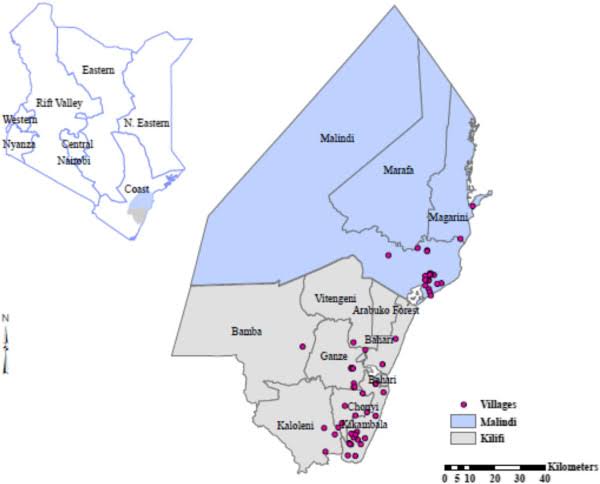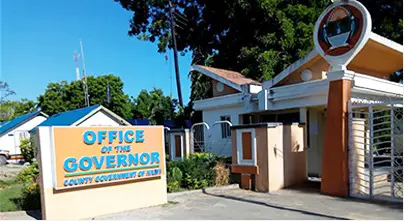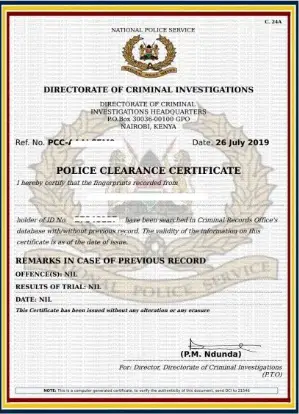Located on the beautiful coast of Kenya, Kilifi County offers a captivating blend of natural wonders, rich cultural heritage, and warm hospitality. With its pristine white sand beaches, crystal clear turquoise waters, and diverse marine life, Kilifi County is a paradise for beach lovers and water enthusiasts. Moreover, this enchanting destination is also home to numerous historical and cultural sites, allowing visitors to delve into the vibrant local traditions and immerse themselves in the fascinating stories of the past. Whether you are seeking relaxation, adventure, or a cultural experience, Kilifi County promises to be an unforgettable destination for everyone.
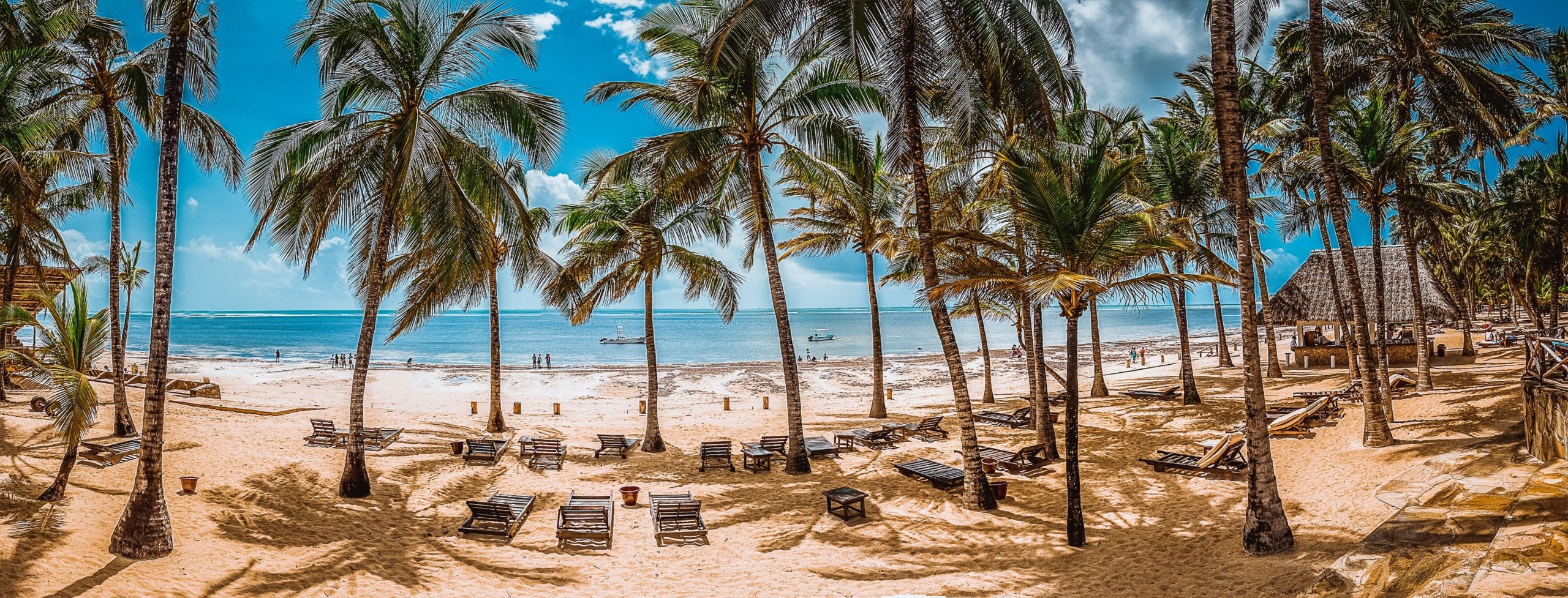
This image is property of mediaim.expedia.com.
Location and Geography
Geographical location
Kilifi County is located in the coastal region of Kenya, East Africa. It is situated along the Indian Ocean and is bordered by Tana River County to the north, Mombasa County to the south, Taita-Taveta County to the west, and Lamu County to the northeast. Its strategic location on the eastern coastline gives it access to beautiful beaches and stunning landscapes.
Climate
The county experiences a tropical climate, with hot and humid conditions throughout the year. The temperatures generally range between 25°C to 35°C (77°F to 95°F). The rainy seasons occur from April to June and November to December, while the dry seasons are experienced from January to March and July to October. The climate, combined with the proximity to the ocean, creates pleasant and enjoyable weather for residents and visitors alike.
Natural resources
Kilifi County is blessed with a diverse range of natural resources. The Indian Ocean provides opportunities for fishing and water-based activities. The county is also rich in mineral resources such as limestone, salt, and titanium, which contribute significantly to the local economy. The fertile land supports agriculture, allowing for the cultivation of cash crops like mangoes, coconuts, cashew nuts, and sisal. The abundance of natural resources in the region provides various opportunities for economic growth and development.
History
Pre-colonial era
Before the arrival of colonial powers, Kilifi County was inhabited by various indigenous communities. These communities had their own distinct cultures, traditions, and systems of governance. They engaged in trading activities with Arab and Persian merchants along the coast, which influenced their way of life.
Colonial era
During the colonial era, the coastal region, including Kilifi County, fell under the control of the Portuguese, then later the Arabs, and ultimately the British. The arrival of colonial powers impacted the local communities, as they were subjected to forced labor and heavy taxation. The region also became a significant trading hub, with the construction of ports and infrastructure to facilitate trade.
Independence and post-independence
After Kenya gained independence in 1963, Kilifi County became one of the 47 administrative counties in the country. The post-independence period brought about significant changes, with the county experiencing economic growth and development. Investments in infrastructure, education, healthcare, and agriculture have played a crucial role in shaping the county’s progress and improving the living standards of its residents.
Demographics
Population
Kilifi County has a diverse population, with estimates suggesting a population of over one million people. The population is predominantly rural, with most residents engaged in agricultural activities. However, urban centers such as Kilifi Town and Malindi continue to attract a growing number of people due to various economic opportunities and infrastructure development.
Ethnic groups
The county is home to several ethnic communities, including the Mijikenda, Swahili, Giriama, and Chonyi. Each community has its own unique culture, traditions, and languages. The Mijikenda, consisting of nine sub-groups, are the largest ethnic community in the region. The diversity of ethnic groups in Kilifi County contributes to its vibrant cultural heritage.
Languages spoken
Swahili and English are the official languages in Kilifi County. Swahili, a national language widely spoken across Kenya, serves as the primary mode of communication among the local communities. English is also taught in schools and used in official and business settings. Additionally, various local dialects and languages, such as Giriama and Chonyi, are spoken by specific ethnic groups within the county.
Governance
County government
Kilifi County has a devolved system of government, with a County Government headed by a Governor. The County Executive Committee, led by the Governor, is responsible for the implementation of county programs and policies. The County Assembly, consisting of elected Members of County Assembly (MCAs), represents the legislative arm of the county government. The devolved system of governance allows for local decision-making and ensures that the needs and aspirations of the residents are addressed at the county level.
Administrative divisions
Kilifi County is divided into sub-counties and wards for administrative purposes. The sub-counties include Kilifi North, Kilifi South, Kaloleni, Rabai, Ganze, Magarini, and Malindi. Each sub-county is further divided into wards, which are represented by elected ward representatives. The administrative divisions ensure effective service delivery and governance at the grassroots level.
Elected representatives
The residents of Kilifi County elect various representatives at different levels of government. The Member of Parliament represents the county in the national parliament, advocating for the interests of the county’s residents. The Governor, Deputy Governor, Members of County Assembly, and Women Representatives are elected to serve at the county level. These elected representatives play a crucial role in decision-making, policy formulation, and resource allocation for the development of the county.
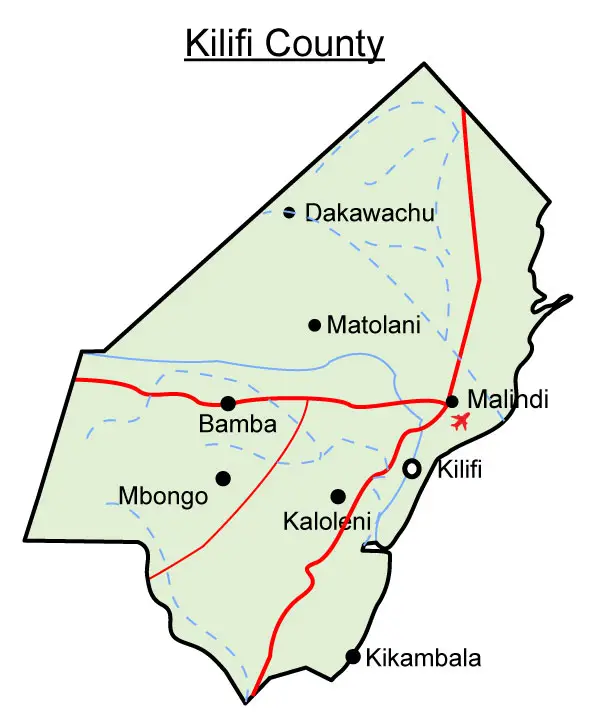
This image is property of elimufeynman.s3.amazonaws.com.
Economy
Main industries
Kilifi County has a diverse economy with several key industries driving its growth. Agriculture, manufacturing, tourism, mining, and fishing are the main economic sectors in the county. These industries provide employment opportunities and contribute to the county’s revenue generation.
Agriculture
Agriculture is a vital sector in Kilifi County, with many residents engaged in farming. The county has fertile soils that support the cultivation of various crops, including cashew nuts, coconuts, cash crops, and fruits. Additionally, livestock rearing, dairy farming, and poultry farming are also significant agricultural activities in the region. The county government, in collaboration with various stakeholders, has implemented projects aimed at improving agricultural practices, promoting food security, and enhancing farmers’ income.
Fishing
With its access to the Indian Ocean, fishing is a key economic activity in Kilifi County. The county has thriving fishing communities along its coastline, such as Watamu and Malindi, where both subsistence and commercial fishing take place. The fishing industry provides employment opportunities and contributes to the local economy through the sale of fish and seafood products domestically and internationally.
Tourism
Kilifi County is a popular tourist destination in Kenya, attracting both domestic and international visitors. The county’s pristine beaches, coral reefs, and diverse marine life make it an ideal location for beach tourism and water sports. Tourists can enjoy activities such as snorkeling, diving, sailing, and swimming. In addition to its coastal attractions, Kilifi County also boasts national parks, historical sites, and cultural centers that offer unique experiences for tourists.
Mining
Mining is another significant economic activity in Kilifi County, with an abundance of mineral resources. Limestone, salt, and titanium are among the valuable minerals found in the region. The mining industry contributes to the local economy through the extraction and processing of these minerals, providing employment opportunities and revenue for the county.
Infrastructure
Transportation
Kilifi County is well connected through various transportation networks. The county is accessible by road, with major highways linking it to other regions in Kenya. The county government has invested in improving road infrastructure to enhance connectivity and facilitate the movement of people and goods. Additionally, the region is served by airports and airstrips, allowing for air travel and tourism development.
Education
The county places great importance on education, with numerous primary and secondary schools spread across the region. The government has implemented initiatives to improve access to quality education, including the construction of new schools, recruitment of qualified teachers, and provision of necessary learning materials. Tertiary institutions such as universities and technical colleges are also present, offering higher education opportunities to the residents.
Healthcare
Kilifi County has made significant strides in improving healthcare services for its residents. The county government has invested in the construction and equipping of healthcare facilities, including hospitals, health centers, and dispensaries. These facilities provide essential healthcare services, including maternal and child health care, immunizations, and general medical consultations. The county also works closely with non-governmental organizations to ensure that healthcare disparities are addressed and residents have access to quality healthcare.
Utilities
The county government recognizes the importance of reliable utilities for the well-being and development of its residents. Efforts have been made to ensure access to reliable water supply, electricity, and sanitation services. Water supply projects, including boreholes, dams, and water treatment plants, have been implemented to improve access to clean water. The county government continues to invest in the development and expansion of electricity distribution networks, ensuring consistent power supply. Sanitation initiatives are also underway, promoting proper waste management and sanitation practices.
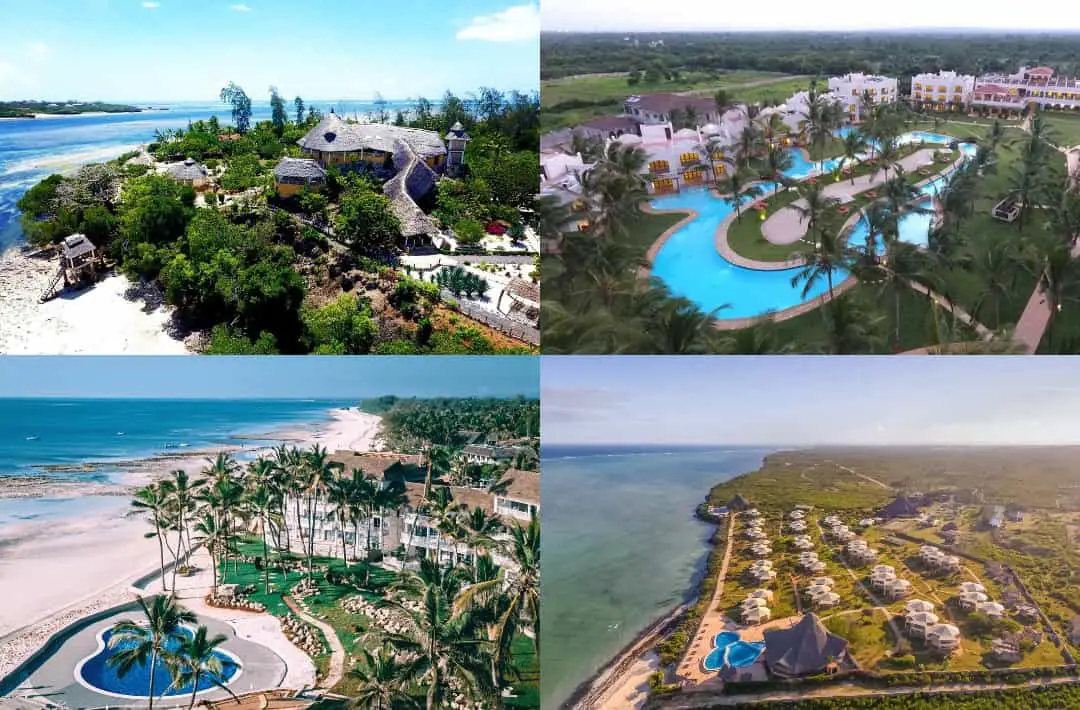
This image is property of www.maasaimarakenyapark.com.
Culture
Traditional practices
The diverse ethnic communities in Kilifi County have rich cultural traditions and practices. The Mijikenda, for example, have unique rites of passage ceremonies, traditional dances, and storytelling sessions that celebrate their heritage. Traditional crafts such as wood carving, basket weaving, and beadwork are also an important part of the county’s cultural identity.
Cuisine
The county’s cuisine is influenced by its coastal location and the cultural diversity of its residents. Swahili cuisine, characterized by a mix of African, Arab, and Indian flavors, is prominent in Kilifi County. Dishes such as biryani, pilau, samosas, and various seafood delicacies are popular among locals and visitors alike. The county’s abundant tropical fruits, such as mangoes and coconuts, are also incorporated into many dishes.
Festivals
Kilifi County is known for its vibrant festivals that showcase its cultural diversity and heritage. The Mijikenda community celebrates the annual Kaya Festivals, which bring together people from different sub-groups to celebrate their traditions through music, dance, and storytelling. The Malindi Cultural Festival, held in Malindi town, showcases the Swahili culture with music performances, traditional food, and exhibitions. These festivals provide an opportunity for locals and visitors to immerse themselves in the county’s rich cultural traditions.
Tourist Attractions
Beaches
Kilifi County is home to stunning beaches along its coastline. The pristine white sandy beaches, crystal-clear waters, and swaying palm trees create a paradise-like setting for tourists. Watamu Beach, Diani Beach, and Malindi Beach are among the popular beaches in the county, offering opportunities for swimming, sunbathing, and water sports.
National parks and reserves
Kilifi County boasts several national parks and reserves that are home to a wide range of wildlife and natural beauty. Tsavo East National Park, Tsavo West National Park, and Arabuko-Sokoke Forest Reserve offer thrilling game drives, bird-watching excursions, and nature walks. These protected areas provide a unique opportunity to get up close with Kenya’s rich biodiversity.
Historical sites
The county’s historical sites tell the story of its past and offer insights into its cultural heritage. Historic ruins such as Gede Ruins, Jumba la Mtwana, and Mnarani Ruins provide a glimpse into the ancient Swahili civilization that once thrived along the coast. These sites have significant historical and archaeological value, attracting history enthusiasts and researchers from around the world.
Cultural centers
Kilifi County is home to various cultural centers that showcase its diverse cultural heritage. The Bofa Cultural Centre in Kilifi Town promotes cultural exchange and showcases traditional dances, music, and artifacts. The Malindi Cultural Centre serves as a platform for preserving and promoting the Swahili culture through exhibitions, performances, and workshops. These cultural centers provide an immersive experience for visitors to learn about the county’s cultural traditions.
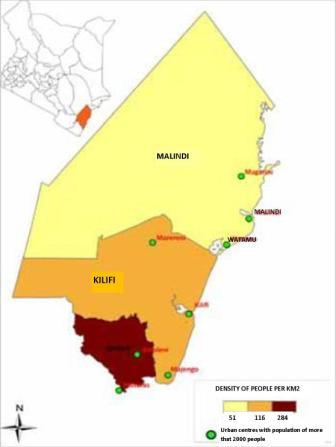
This image is property of opencounty.org.
Challenges
Poverty
Like many regions in Kenya, Kilifi County faces the challenge of poverty. Despite its natural resources and economic potential, many residents struggle to access basic necessities and opportunities for income generation. The county government, in collaboration with development partners, is implementing poverty alleviation programs and initiatives aimed at improving socio-economic conditions for its residents.
Unemployment
Unemployment is another significant challenge in Kilifi County. Limited job opportunities, particularly for the youth, contribute to high levels of unemployment. The county government is working to address this challenge through programs that promote entrepreneurship, vocational training, and job creation. Efforts are also being made to attract investments and industries that can provide employment opportunities for the local population.
Education and healthcare disparities
While efforts have been made to improve access to education and healthcare, disparities still exist within the county. Some rural areas lack adequate educational facilities and quality healthcare services, limiting opportunities for children to receive quality education and for residents to access proper healthcare. The county government is prioritizing investment in education and healthcare infrastructure to bridge these disparities and ensure equal access for all residents.
Environmental issues
Environmental degradation is a pressing issue in Kilifi County. Deforestation, unsustainable fishing practices, and pollution pose threats to the county’s natural resources and ecosystems. The county government, in collaboration with environmental organizations, is implementing initiatives to promote sustainable practices, reforestation, and conservation efforts. These measures aim to protect the county’s natural heritage for future generations.
Future Outlook
Development projects
Kilifi County has identified various development projects aimed at improving the quality of life for its residents. These projects include infrastructure development, agricultural modernization, and tourism promotion. Investments in road networks, airports, and schools aim to improve connectivity and access to essential services. Modern agricultural practices, value addition, and market linkages are being prioritized to enhance food security and income generation. Additionally, the county government is focusing on sustainable tourism initiatives to attract more visitors and create employment opportunities.
Investment opportunities
Kilifi County offers numerous investment opportunities across various sectors. The county’s mineral resources, such as limestone, salt, and titanium, present opportunities for mining and mineral processing industries. The agricultural sector provides investment potential in agro-processing, value addition, and export crops. The tourism sector offers opportunities for hotel development, eco-tourism ventures, and cultural tourism experiences. The county government has implemented initiatives to attract investments and foster a conducive business environment for potential investors.
Sustainable initiatives
Kilifi County is committed to promoting sustainable development and addressing environmental challenges. The county government is implementing initiatives to promote renewable energy, waste management, and conservation practices. Renewable energy projects, such as solar power initiatives, aim to reduce dependence on fossil fuels and provide clean energy solutions. Waste management programs focus on proper waste disposal and recycling practices. Conservation programs aim to protect the county’s natural resources and biodiversity. These sustainable initiatives contribute to a greener future for Kilifi County.
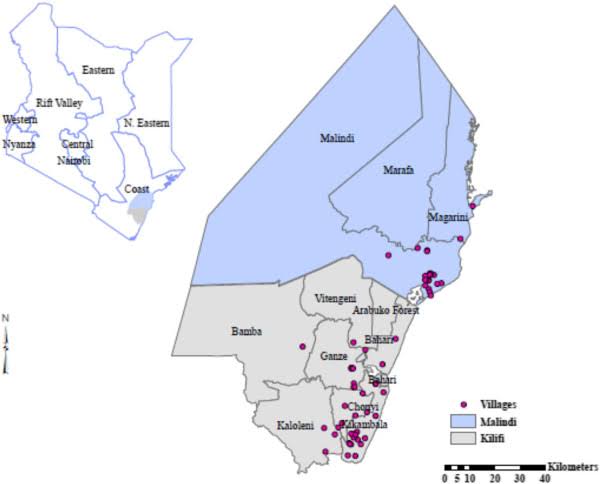
This image is property of bizhack.co.ke.

